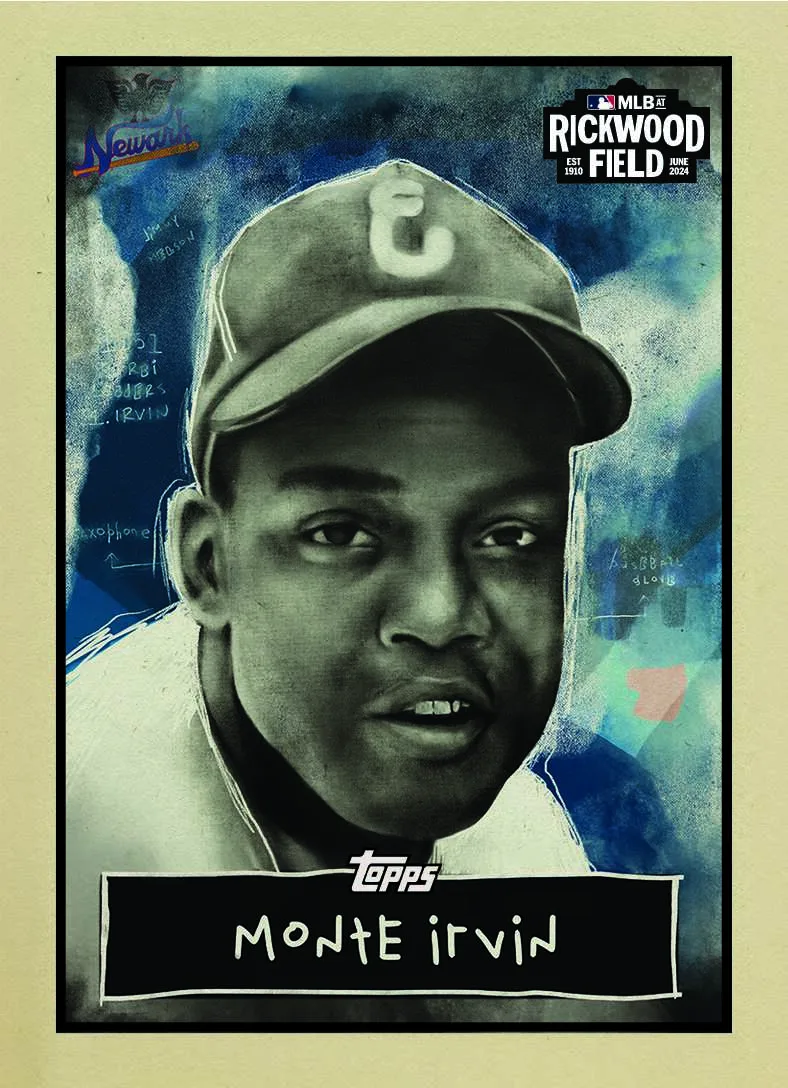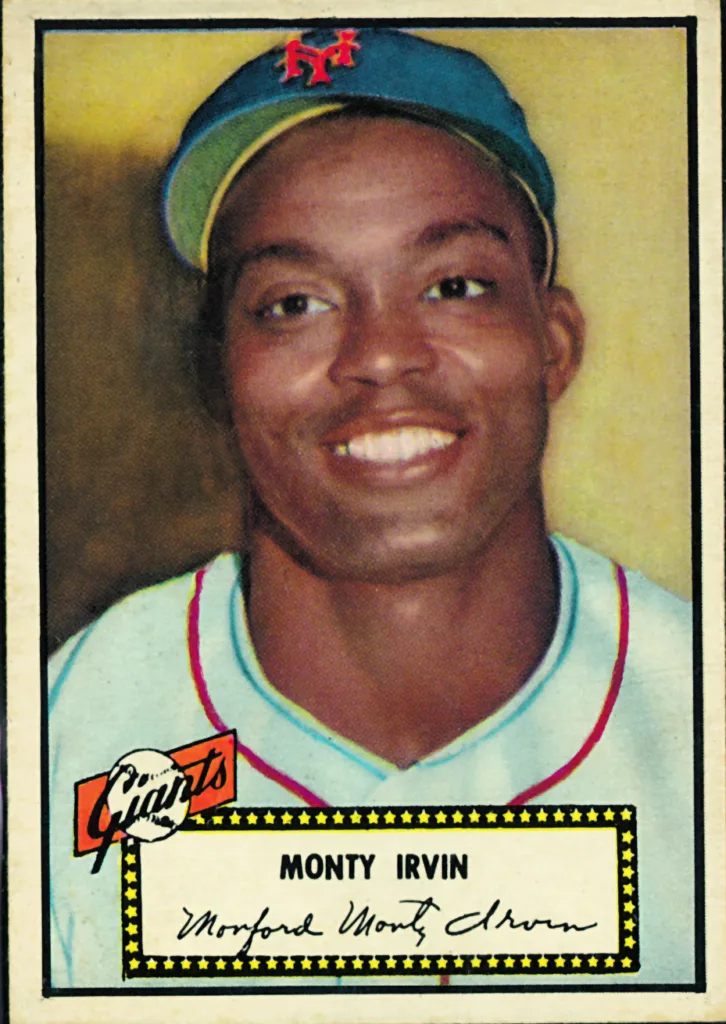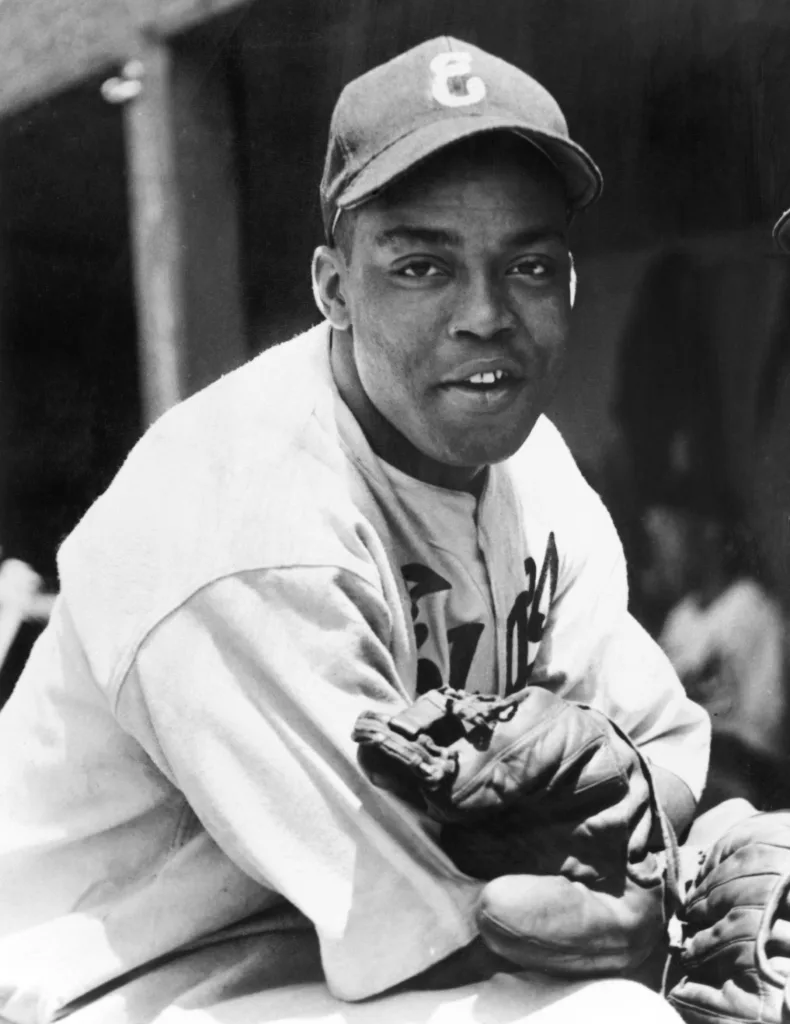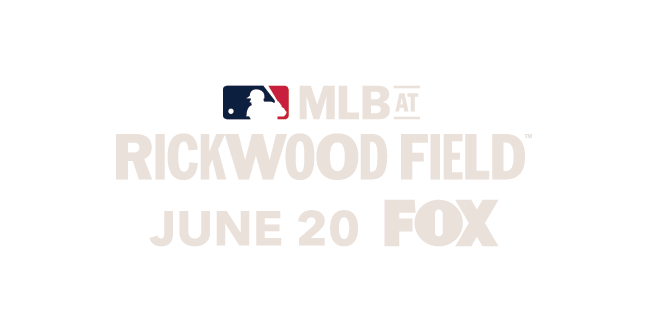
Nice Guys Finish First
Thoughtful sports fans sometimes perceive a correspondence between the particulars of the games they love and the up-and-down experience of human life, but it is rare for the parts of the analogy to line up so closely as they do when comparing Monte Irvin’s life to his time on the baseball field. Like his baseball career, Irvin’s biography is a story of persistence and triumph, even though it began as a story of thwarted (and wasted) potential.

1952 Topps Baseball #26 Monte Irvin
Irvin was born into the sharecropping system in Alabama in 1919, at the height of the Jim Crow era, when advancement and equal rights seemed beyond the horizon of the imagination. The Irvin family, which included thirteen children, moved to New Jersey to improve their prospects, and though the North was no paradise, Monte established himself as an all-around standout athlete by the time he finished high school in 1937.
Between 1937 and 1941, while the MLB was segregated, Irvin played for the Newark Eagles and established himself as one of the finest players in the National Negro League. His cumulative batting average above .350 during those seasons attracted the attention of scouts for the Mexican baseball league, and Irvin accepted an offer that paid significantly more than what Newark could pay.
The Promise and The Interruptions
Irvin described his year in Mexico City in 1942 as the best year of his life. There, he felt the freedom to dine wherever he pleased, to go anywhere, do anything—to live the kind of life that was not possible for a Black man in America. At the height of his athletic prowess, at age 23, America “simply” wouldn’t let Irvin play with the best of the best. Irvin’s .397 average with the Vera Cruz Blues led the league that season and impressed everyone, but it would be almost a decade before he would be invited to the majors.

1951 Bowman #198 Monte Irvin

1951 Topps Red Back #50 Monte Irvin
From late 1943 to 1945, Irvin was enlisted with a black unit of engineers in the US Army. His recollection of this experience, told in his aptly titled autobiography, Nice Guys Finish First, is perhaps even more frustrating than his exclusion from the MLB. “We felt like we were thrown away,” Irvin said. “We built a few roads… we guarded the prisoners. We thought it would have been better if they hadn’t inducted us, and just let us work in a defense plant. We were just in the way.”

(Photo by National Baseball Hall of Fame Library/MLB via Getty Images)
When Irvin returned to play with the Newark Eagles in late 1945, insiders knew and lamented that Irvin would be a standout at any level. Roy Campanella and “Cool Papa” Bell shared in the consensus held by most Negro League owners that if the MLB was to be desegregated, Irvin was the man deserving of the honor. According to one report, Branch Rickey talked to Irvin about playing for the Dodgers, but Irvin felt he was not ready so soon after leaving military service.
Dreams Deferred, Dreams Realized
Irvin finally signed with the New York Giants in 1949 and debuted in the MLB on July 8, 1949; by then, he was 30-years old. After a solid season in 1950, Irvin posted his best MLB stats in 1951, batting .312 with 24 HR, and leading the league with 121 RBI. He finished third in MVP voting that season. Campanella later commented, “As great as he was in 1951, he was twice that good 10 years earlier in the Negro Leagues.”

1953 Topps Baseball #62 Monte Irvin
A number of classic cards honor Irvin’s career. His 1951 Bowman rookie card (#198) is accompanied by a 1951 Topps Red Back (#50), but his 1952 Topps card (#26) is often his most highly valued card. Irvin’s 1953 Topps (#62) features a beautifully painted portrait, and his ’54 card, with its color photograph and distinctive off-white background, is a standout. The final card offered by Topps during Irvin’s career was his 1956 card, but as recently as 2021, Topps represented him with a Chrome Platinum Anniversary card.
When Montford Merrill “Monte” Irvin died in 2016, at the age of 97, the San Francisco Giants honored him in a pregame ceremony, and major sports news outlets took notice. Nothing but the whim of fate had kept him from fulfilling that role that eventually went to Jackie Robinson as the first African American player to play Major League Baseball.

2021 Topps Chrome Platinum Anniversary #644 Monte Irvin
Irvin’s playing career was interrupted by segregation, by military service, and by various contract negotiations. Elected to the Hall of Fame in 1973, Irvin, as much a hall-of-fame person as he was a player, once said, “Baseball is a game you’d play for nothing.” There’s no question that he deserved better compensation than he received, and he certainly ought to be remembered as one of the finest among the set of athletes who first integrated the American game.
